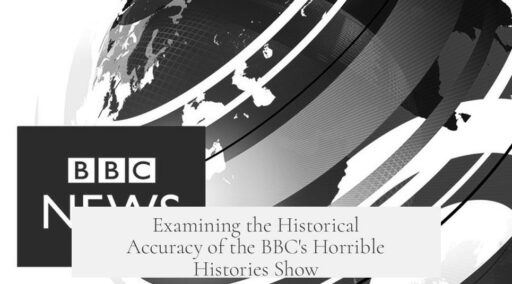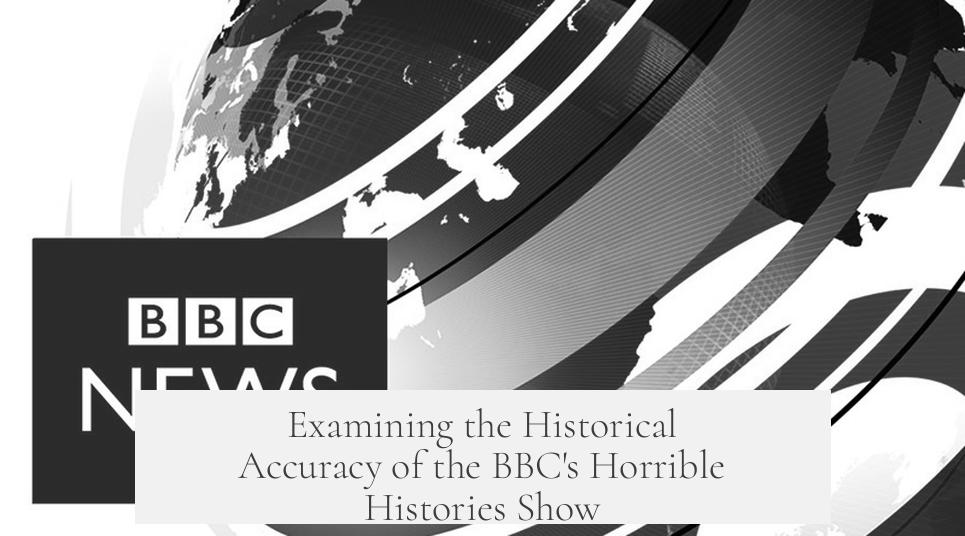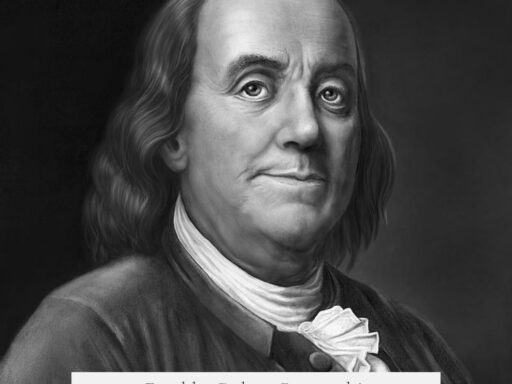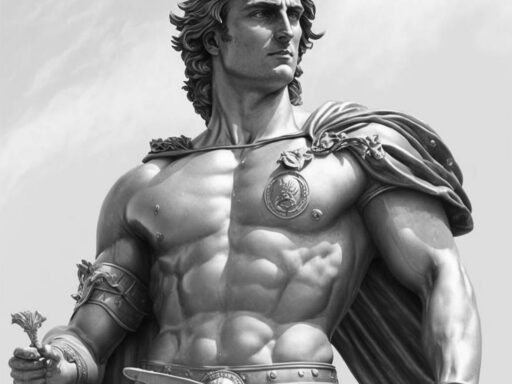The BBC TV show Horrible Histories offers a mix of historical facts and entertainment but cannot be relied on as fully accurate. While it introduces children to history engagingly, several episodes contain inaccuracies and simplifications that distort historical realities.
Horrible Histories often presents quirky and lesser-known historical facts, which can spark interest in viewers. However, the show tends to include unverified claims and urban legends alongside researched material. It is intended more as pop-history entertainment than rigorous academic content, so some fidelity to historical records is sacrificed for humor and storytelling.
Several inaccuracies stand out, especially in episodes portraying the Viking Age. For example, the show wrongly suggests slaves needed permission to speak, ignores that many slaves were prisoners or debtors rather than born slaves, and depicts Viking farmers idling instead of working. Additionally, the show relies heavily on saga texts, which do not fully represent Viking life.
Concerning Ancient Sparta and Athens, the show includes notable errors. It inaccurately shows Spartan men living at home during the day when they were expected to stay in barracks most of their youth. Scenes of family meals and voting also misrepresent Spartan customs, such as Spartan women not voting and warriors dining communally. Some details like female exercise align partially with known history, though even these are simplified.
Despite these flaws, Horrible Histories succeeds in making history accessible and entertaining for children. It encourages curiosity and can be a stepping stone to deeper historical study, provided viewers use additional reliable sources to verify facts.
- Horrible Histories mixes fact with fiction and humor; not fully accurate
- Contains specific errors about Viking, Spartan, and Athenian life
- Uses saga texts and creative liberty impacting authenticity
- Effective at engaging and educating children informally
- Best supplemented with verified historical resources for accuracy
Is the BBC TV Show Horrible Histories Historically Accurate?
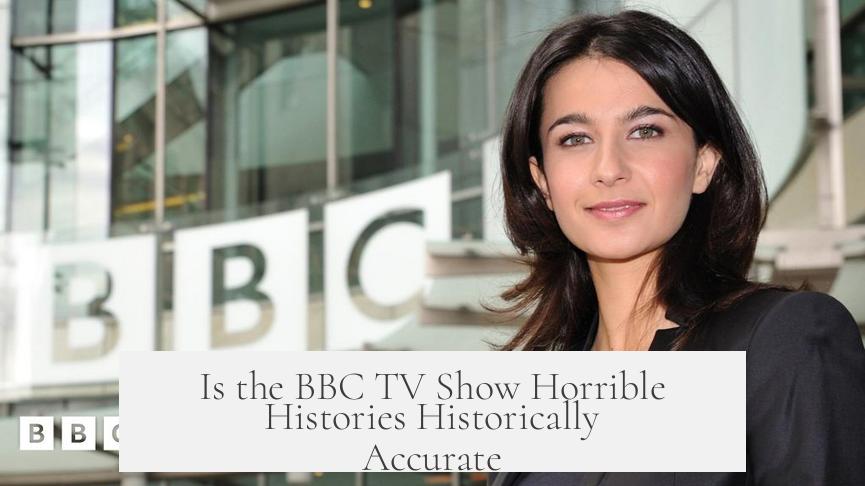
The straightforward answer is: No, Horrible Histories isn’t really historically accurate. If you’re expecting a rigorous documentary or scholarly analysis, you might be in for a surprise. Instead, think of it as a fun, pop-culture take on history—a sort of “cracked.com” for the TV crowd. It throws quirky, offbeat facts at you with plenty of humor, but doesn’t always stick to the truth.
But let’s not close the book just yet. Should you stop watching it with your kids? Not at all. Horrible Histories might bend or twist some facts here and there, but it *does* ignite curiosity about the past. And that is no small feat in the world of education and entertainment.
When History Meets Humor: A Mixed Bag of Facts and Fibbs
The show’s creators clearly dig into historical sources, but their goal isn’t to present peer-reviewed accuracy. Instead, they aim to entertain. Sometimes that means weaving in urban legends or tossing around unverified claims alongside genuinely obscure facts. Think of it like a history salad sprinkled with both crunchy truths and questionable croutons.
For example, check out the Viking Age depictions. The show’s portrayal contains some glaring mistakes. It suggests slaves needed permission to speak. Nope, no historical backing for that one. Most Viking slaves were war prisoners or people who sold themselves into slavery to settle debts, not simply born into slavery as the show implies. Also, the Vikings weren’t lazy farmers lounging about; they were hardworking. The show often relies on saga texts, which historians agree do not give an accurate picture of everyday Viking life. This mix muddies the waters between fact and fiction.
Spartans and Athenians: History or Hysteria?
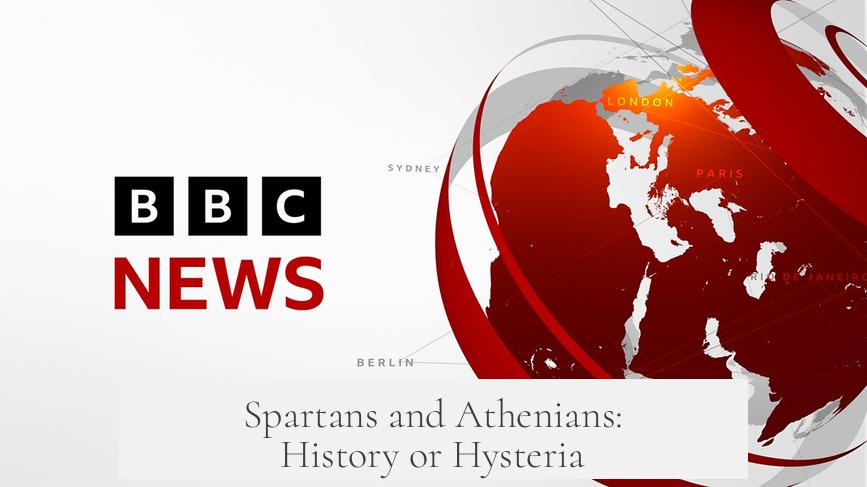
Moving on to the ancient Greeks, the Spartans and Athenians segment isn’t flawless either. For starters, the idea of a Spartan man lounging at home all day is a no-go. Historically, young Spartan men lived in barracks and would sneak home only at night if at all. The show’s depiction of communal or family dining misses the mark—Spartan men ate in communal halls, not with their wives and kids.
There’s also a pretty glaring error about Spartan voting rights. Spartan women could not vote. Yet the show humorously shows voting scenes with an almost absurd twist—as if voting was about who could shout the loudest. That’s entertainment, not education. Still, there are small wins: the portrayal of Spartan women exercising, although the props like carved stones called halteres might have been more authentic with deeper historical consultation.
So What’s the Verdict on Horrible Histories?
If you want a historically accurate account, Horrible Histories will frustrate you. It blends **facts, exaggerations, and some flat-out inaccuracies** with slapstick humor and catchy songs. However, its *positive impact* cannot be overstated—it’s a gateway drug to history for many kids (and adults!). When history feels boring and distant, this show makes it hilarious and relatable.
Not every episode is equally flawed; some segments get details right or very close to right, especially when they consult original historical materials. But the show is known for delivering “pop facts,” easy to consume but rarely heavy on the nuance or context. Accuracy takes a back seat to comedy and storytelling.
How Should Parents and Teachers Use Horrible Histories?
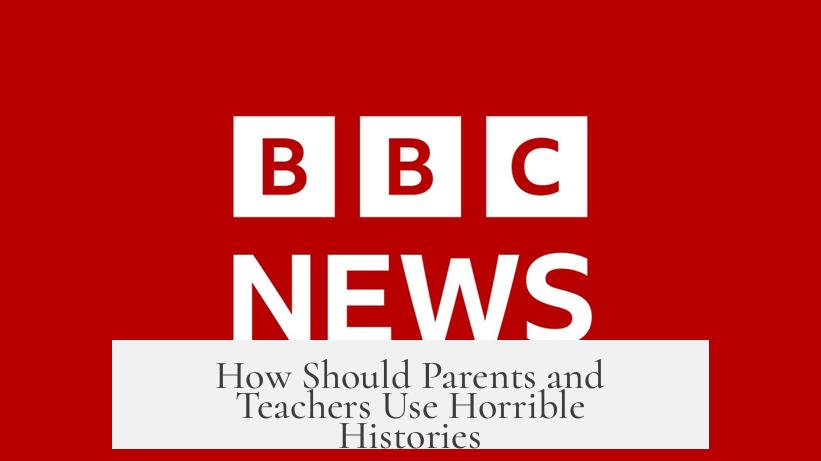
Use Horrible Histories as a conversation starter. If kids watch it without context, they might take some of the fibs as gospel. That’s an opportunity. Parents and educators can watch alongside children and explain the differences between entertainment and scholarly facts.
For instance, after a Viking episode, quiz your kids: “Do you think slaves really had to ask permission to speak back then?” or “What else would daily life look like for a Spartan warrior?” Digging deeper builds critical thinking. It also helps develop a more nuanced sense of history.
Teachers can pair episodes with readings from history books or museum visits. This way, kids get both the fun and the factual sides of history.
Is Some Inaccuracy Okay for Education?
Absolutely, especially if it sparks interest. Many historians agree that while Horrible Histories isn’t academically reliable, its value lies in getting young audiences curious. We all remember history teachers and textbooks putting us to sleep—this show makes history a lively topic to recall and discuss.
Think of it like seasoning: a little humor and exaggeration can make dry facts much more palatable. But too much can spoil the dish. Luckily, Horrible Histories mostly stays on the tasty side.
Summing It Up
In brief, Horrible Histories is more entertainment than encyclopedia, more comedy than classroom. It mixes fascinating facts with myths and occasional errors. Yet, it succeeds spectacularly at making history approachable and exciting, especially for kids.
Next time you watch an episode, enjoy the humor but don’t swallow every claim whole. Treat it like a launchpad for curiosity. And remember, the best histories come from questioning, exploring, and comparing sources—not just from a TV screen.
So, ready to take a trip through history’s quirkiest moments with a grain of salt? Happy watching!
